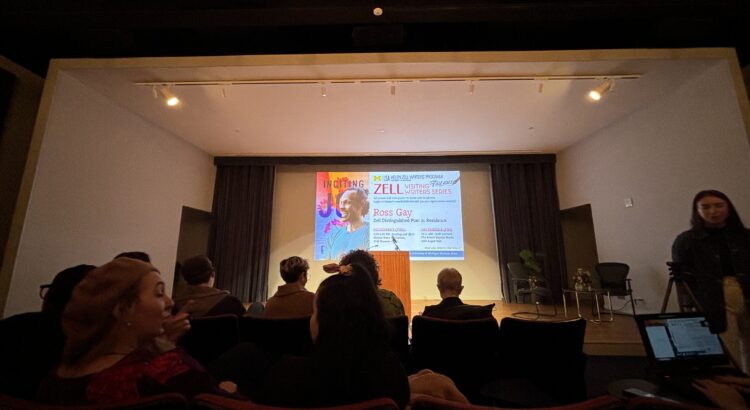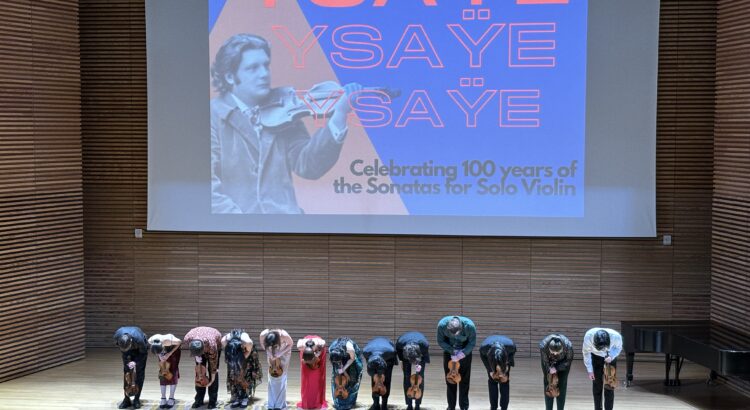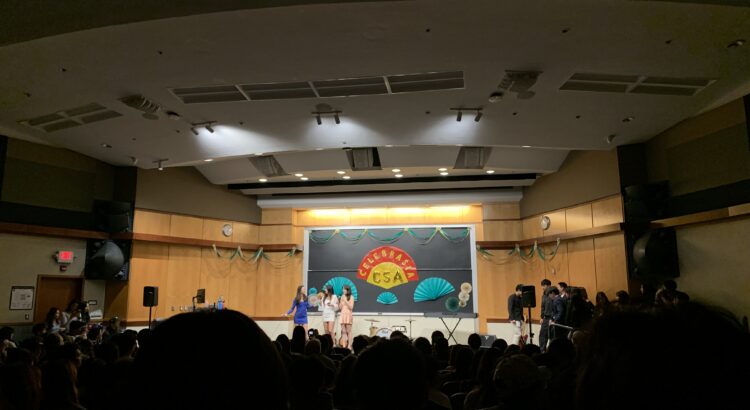I loved Dr. Seuss’s books growing up but never watched the movies, so to celebrate the end of the semester and the coming of Christmas, I watched The Grinch at the Michigan Theater on Sunday, December 10th. I haven’t watched any of the previous adaptations, but they seem pretty different. The first version, How the Grinch Stole Christmas!, came out in 1966 as a cartoon that’s 30 minutes long. The second version, also titled How the Grinch Stole Christmas, came out in 2000 as a live-action that’s 1 hour and 55 minutes long. The most recent one is what played at the theater: the 2018 animation that’s 1 hour and 30 minutes long, which is simply titled The Grinch.
This version is essentially the Grinch’s origin story and the audience gets to learn who the Grinch is as a person rather than a thief. The best part is we get to see his relationship with his dog Max, who is youthful and energetic in the film but old and weary in the book. Another character they redesigned was Cindy-Lou Who, the little girl who catches the Grinch in the middle of his act. In the book, she was less than two and only on a page or so; in the movie, she’s much older and one of the main characters.
The animation was fun and very fitting for a children’s Christmas movie. The palette was bright and the characters were cute, even the Grinch. I enjoyed hearing the narrator’s lines and rhymes because they added more of the book elements too. His voice surprised me though because he sounded relatively young when I was expecting an old man reminiscent of Santa, which I wish they went with instead. Because I knew the plot beforehand, it felt like a very long movie and some parts were dragging on, but I enjoyed it overall and would rewatch it again once it’s closer to Christmas.













